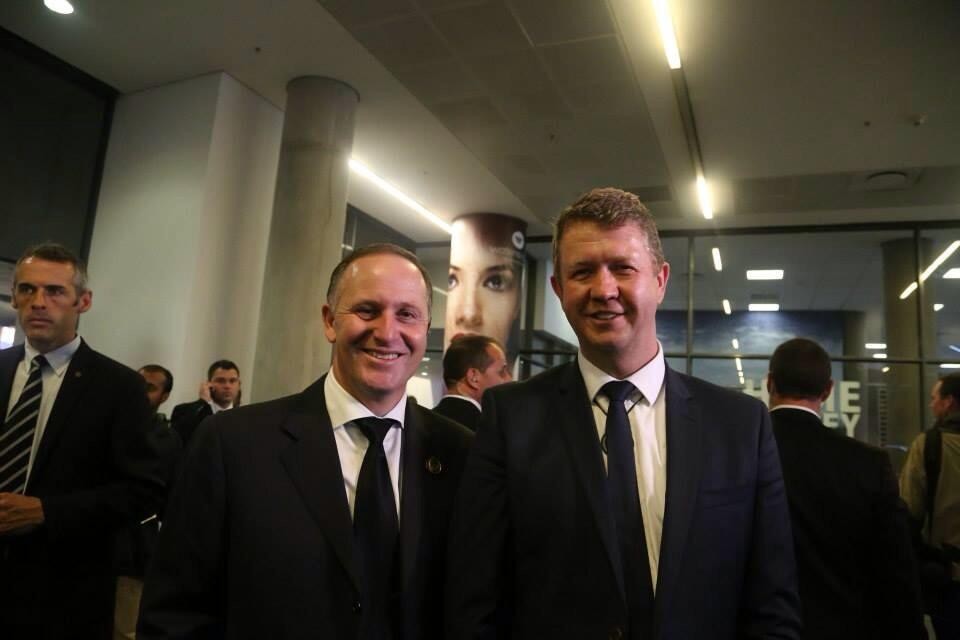Yes the Market s Up 23% hellip; Feeling Lucky
Post on: 13 Апрель, 2015 No Comment

ENLARGE
Tim Foley
We are feeling a bit anxious as equities have not pulled back meaningfully since March, J.P. Morgan equity strategist Thomas Lee told clients recently. Though relatively bullish, Mr. Lee has been waiting for a market correction of at least 10% before putting more money into the market. (The Dow Jones Industrial Average did give up a little ground last week, falling 0.7%.)
If stocks have already hit their bottom and are in a new, lasting bull market, then buying them would be the smart move, even though they have already risen some 23% since March 9. Pessimists warn, however, that the market went on a very similar run from November to January before sinking again to new lows. This is another such bear-market rally, they believe, and new lows are still on the way.
Here are key arguments for investors to weigh:
THE BULLS SAY: The worst is over for the economy.
This is probably true. Leading indicators such as surveys of corporate purchasing managers and the Baltic Dry Index of global shipping costs were in free-fall in late 2008, but have recently turned up, if only slightly.
Weekly claims for unemployment benefits may have peaked in late March, an event that typically precedes the end of a recession by two months, on average.
All of these economic dials are still pegged at levels pointing to very deep weakness in the economy. But the economy has to stop falling before it can start growing again, and stocks typically start rebounding long before the economy is completely well.
THE BEARS SAY: The recovery will be anemic.
Unfortunately, this is probably true, too. The damage done by the financial crisis, market meltdown and deep recession will be lasting and has implications for the economy’s long-term growth.
U.S. households came into this recession with a mountain of debt, a situation enabled by a banking sector that took on too many risks and got too big. Now the financial sector is shrinking fast, but consumers still have much of that debt mountain. Meanwhile, unemployment could very well rise as high as 10% by next year, hurting households’ ability to pay down those debts.
ENLARGE
If consumer spending continues weak, economic growth — and, by extension, corporate profits and the stock market — will be weaker than in recent decades.
THE BULLS SAY: Investors are taking more risks.
Investors have pulled nearly $100 billion out of money-market mutual funds since the latest stock-market rally began, according to the Investment Company Institute trade group. That implies they are pulling their cash from the sidelines and putting it to work in stock, bond and other markets, which is a bullish sign.
During the November-to-January rally, in contrast, investors poured more than $200 billion into money-market funds.
Moreover, there is still some $3.8 trillion of cash in money-market funds, according to ICI data, suggesting there is plenty of fuel to keep stocks moving higher and higher.
THE BEARS SAY: Most investors are still cautious and will stay that way.
While money has come out of money funds, only $10 billion has gone to U.S.-stock funds, according to ICI data — hardly rampant risk-taking.
And many investors, having lost big in the past year due to plunging home and stock prices, will be sitting on more cash for a long time to come.
It will take more than a 30% bounce to really convince people the market is a safe place to go, says Vincent Deluard, global equity strategist at TrimTabs Investment Research, which also tracks fund-flow data.
THE BULLS SAY: The market is historically cheap.
The most common way of measuring how expensive stocks are is to weigh prices against corporate profits. After all, stocks are just claims on future earnings. The Standard & Poor’s 500-stock index currently trades at 14 times the consensus Wall Street forecast for earnings per share in 2009, below its long-term average price/earnings ratio of 16.
What’s more, after months of slashing their forecasts for 2009 earnings, analysts have recently started raising them again. The higher the profits, the higher stock prices should rise, theoretically.
More signs that the recession is ending and that profits are turning up would be very helpful in keeping the rally going, says Ed Yardeni, chief investment strategist at Yardeni Research.
THE BEARS SAY: History suggests it should get cheaper.
Major bear markets in the past — think the 1930s and the 1970s — have not ended until the price/earnings ratio of the S&P 500 gets down to single digits. By that time, stocks are deeply unloved, making them real bargains. That hasn’t happened yet. There are still too many investors calling this a great buying opportunity for this to truly be a great buying opportunity, say the bears.
And factors including a cautious consumer and a shrinking financial sector suggest there may be good reason to pay less for stocks in the near future.
THE BOTTOM LINE? It’s possible that we’re in an April 2003 kind of place and we’ll just keep steaming higher as we emerge from the bear market, says Jason Goepfert, president of Sundial Capital Research. I’m not comfortable betting on that possibility.














